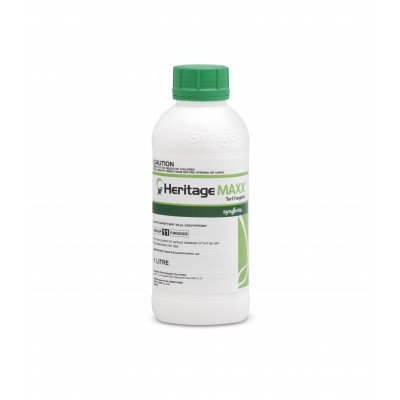What goes into getting stadium sporting surfaces perfect for the big game?
There is no greater pressure on turf playing surfaces than when the big events are on, like the Soccer World Cup or the Wimbledon Tennis Grand Slam finals. Groundsman work tirelessly, round the clock, to ensure that the surface is in pristine condition, ensuring the platform is laid for an incredible contest. Most often these surfaces have encountered many games throughout the tournament already and all the lead up work in preparation has ensured they have (hopefully) held up and are ready for the finals.
The preparation that goes into getting the turf playing surface prepared is similar across different sports, but there are also specific areas of focus that form part of the preparation due to the nature of the sport being played.
Soccer and Footy fields
Soccer (Football for the English folk), AFL, Rugby League and Rugby Union, are all sports that require a hard-wearing turf surface to stand up to the constant kicking, tackling, sliding and scrums (not soccer or AFL – but that would be funny to see) that cause damage to the playing surface. Ground managers must ensure the ground is not too soft or too hard and that the quality of the turf is able to hold up well for not just one game, but multiple games throughout a weekend or tournament. Most of these sporting surfaces are cut between 25mm – 28mm depending on the time of year.
Every ground manager will have a slightly different process, but you can be assured that they stick to a core set of turf care principles.
- Regular watering – Like any lawn it needs to be kept well hydrated, this will ensure it remains green and lush, and the soil surface doesn’t bake and get too hard during the summer months.
- Aeration – Lots of foot traffic and wear causes hard compacted soil. Which is not an ideal surface to be competing on. Aerating the soil regularly allows oxygen, nutrients and water to penetrate to the roots of the turf, promoting health grass and a nice soft base for sport.
- Adding of required nutrients – Turf health plays an important role in the success of a playing ground and groundsmen these days spend a lot of time testing their soils to ensure they have the right pH balance along with the required nutrients the grass needs to flourish. A healthy turf will repair much quicker and damage less easily during the game.
- Regular mowing – This one would without a doubt be the most time consuming, with some groundsmen mowing their ground twice a day! There are also aesthetic elements where striping patterns are created through cylinder mowing.
- Repairing of divots and worn out areas – Something that groundsmen are almost constantly trying to keep on top of before, during and after the game. After each game and throughout the breaks, groundmen will be seen walking across the ground stamping down divots and repairing many of them with sand.
- Lines and advertising logos will be painted onto the grass the day prior or very early on the day of the game.
New technologies are providing additional support to groundsmen with some grounds now using ultraviolet grow lights and under-soil heating. The aim is to counteract the cool temperatures suffered through Winter, to keep their turf actively growing as long as possible.
Grass Tennis Courts
Tennis has concentrated wear areas that generally occur around the baseline where the players move and slide side to side during baseline rallies. The grass courts at Wimbledon are 100% ryegrass and are made up of three cultivars to make for a dense sward with a better bounce. Every court at Wimbledon gets some sort of rebuild every year. With preparation for the next years event starting only a week after if finishes the year prior.
This begins with a severe scalping of the surface to remove all damaged and unhealthy material. The courts are then top dressed with sandy loam and regularly fed and watered to re-establish them again.
Leading into the tournament, the turf surface is reduced about a millimetre every second week, gradually coming down from 13 millimetres in winter, to a playing elevation of 8 millimetres.
During the tournament, daily care of the courts includes measuring wear and hardness. Groundsmen test the soil for moisture content, court hardness, wear and plant chlorophyll levels to determine how much water each court will receive each evening. Early every morning, Wimbledon courts receive a mow from a Toro cylinder mower and marks from a wheeled machine that lays titanium dioxide 50 millimetres wide for the lines—100-millimetres for the baseline. When there is no play, the ground team uses a vacuum like machine to clear any debris from the surface.
Check out the Lawn Solutions Australia lawn care page for more helpful tips and advice here.



